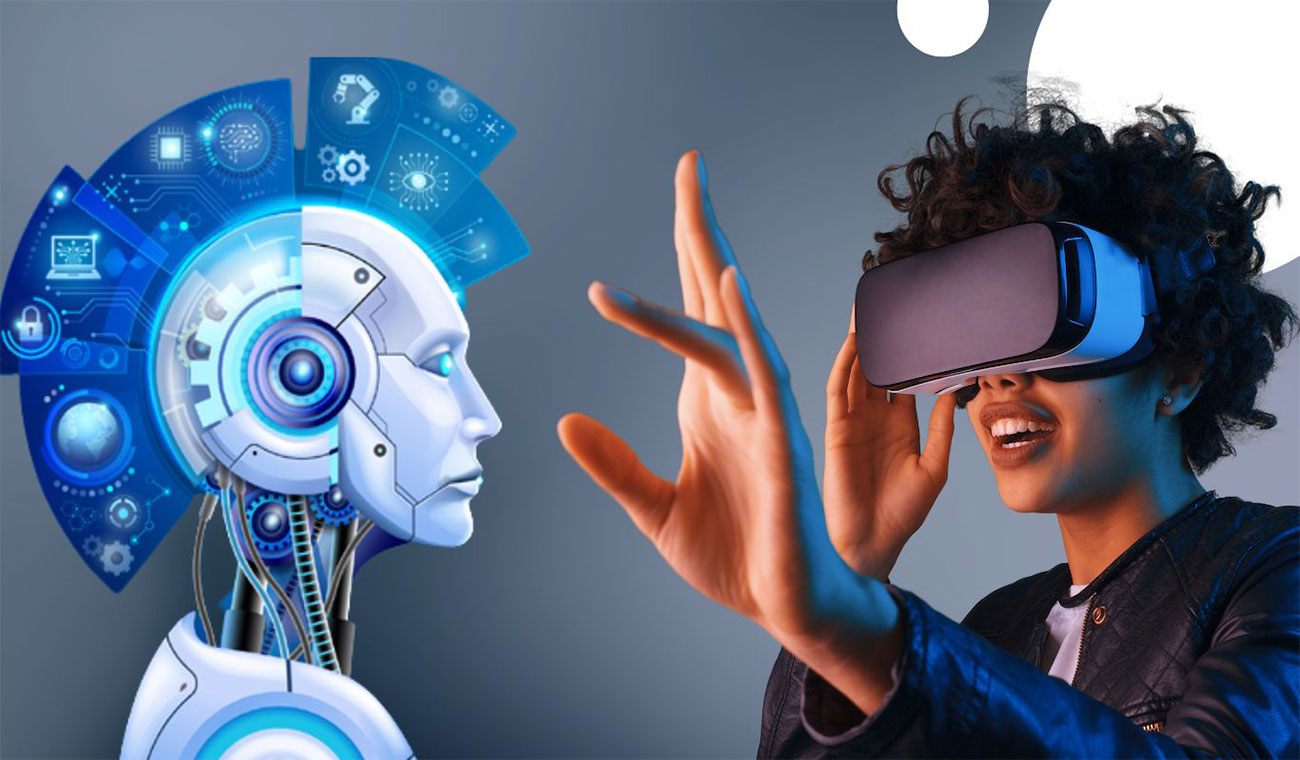

Experience AI-driven VR: personalized and futuristic!
The introduction of virtual reality (VR) has already revolutionized industries such as real estate, education, and architecture.
Adding artificial intelligence (AI) to the mix takes these immersive experiences to a whole new level.
AI improves the functionality of VR walkthroughs by enabling real-time interactions. Personalize the user experience and provide dynamic customization.
Let’s explore how the introduction of AI-powered VR is transforming the digital landscape.
1. Real-time interactions make it smarter.
AI enables real-time decisions and reactions within the VR environment, creating a dynamic and dynamic experience.
Here’s how: One Intelligent virtual guide In the guide, an AI-powered virtual assistant acts as an intelligent guide.
It answers users’ questions instantly, for example while taking a virtual tour of a property. The user may ask, “Is there a school nearby?” and get the correct answer.
B. Realistic NPC interactions In gaming or training situations, AI-powered non-player characters (NPCs) will mimic human behavior.
It optimizes actions based on user input. This creates a more engaging and immersive experience.
C. An adaptable landscape AI analyzes user behavior and adjusts VR situations in real time.
For example, during a virtual training session, AI can create new challenges based on the participant’s performance.
To ensure the best learning outcomes…
2. Personal Experience in VR Walkthroughs
AI is excellent at analyzing user preferences and tailoring VR recommendations to individual needs.
A. User behavior analysis The AI monitors users’ interactions within the VR environment, such as which rooms they explore the most or which objects they interact with.
This information helps customize step-by-step instructions or provide personalized recommendations for future users.
B. Customizable features For example, in a virtual interior design guide. User can change color.
furniture layout or lights in real time. AI recommends layouts based on user preferences or popular trends. To provide a curated experience
C. increase access AI ensures inclusivity by optimizing the VR experience for users with disabilities.
Visual and audio elements can be adjusted for those with sensory impairments, making the walkway more accessible.
As industries embrace this transformative technology, The possibilities are endless. The question isn’t whether AI-powered VR will change the game. It’s about how quickly you can become part of the revolution.
